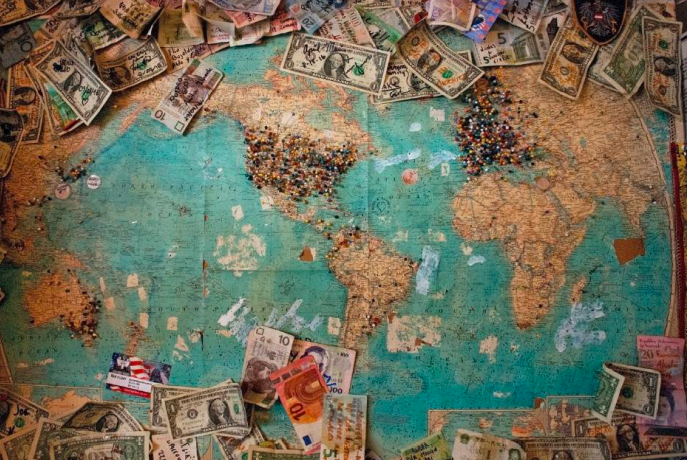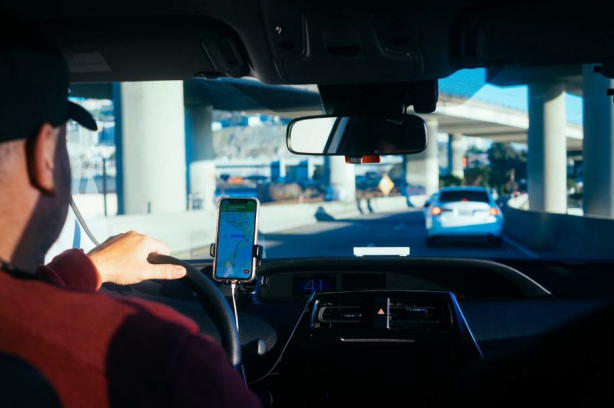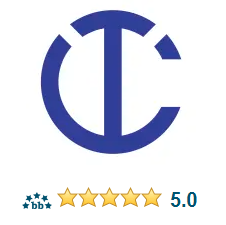Circle Translations is one of the leading localization agencies in Baltic states offering a diverse set of services: Translation, Localization, Subtitling, Subtitle translation, Closed Captioning, Transcription, Data Collection, Annotations, Speech recognition.
Circle Translations are ProZ.com Enterprise Business Members. Today they will be sharing some short case studies dealing with localization.
Examples of Localization: Going Global by Thinking Local

The term localization is usually associated with translators and interpreters. However,
this activity goes beyond simply translating text or audio from one language to another.
Localization refers to the adaptation of a brand's products, services, or content to a
specific language, society, and target market. In our increasingly globalized economy, it is vital for companies to plan and implement effective localization strategies. For
instance, recent stats show that localizing digital content can boost search traffic by
47% and increase conversions by 20%.
Professionals and agencies with localization expertise provide a wide array of services
to assist companies in their globalization efforts. Other companies have in-house teams entirely dedicated to this task.
Let's have a look at different examples of localization in practice.
Example #1: Adapting Apps to Local Preferences (Uber)
Uber is a transportation that has started a revolution in how people move in urban areas. It operates in more than 700 cities around the world, from New York to Tokyo and everywhere in between.
An effective localization strategy is one of the reasons behind Uber's global success. When opening the Uber app in China, you will notice various differences compared to the one you typically use in the US or other countries. Uber understood that using culturally preferred design elements can affect the enjoyability and usability of the app in that particular local market.
For example, car icons on Uber's Chinese app are bright red (and not black or gray) because the color red is a symbol of luck in Chinese culture.
Another example of product localization is Uber adding a cash payment option for its users in India, the Philippines, and Malaysia, due to the low usage of credit cards in those countries. Later on, this option was also extended to other countries.

Example #2: Tailoring Audio and Subtitles to Different Countries (Netflix)
Netflix is currently one of the major streaming services in several countries. From their movie recommendations on the homepage to customized subtitles and voice dubbing, it all revolves around providing users with the content they desire.
Netflix is quite renowned for its localization efforts that involve both adjusting its user
interface to the audience's preferences and tailoring its offerings to specific markets.
The streaming service platform has also become a major player in content creation over the past few years. Instead of relying exclusively on American productions with
universal appeal, they also produce numerous original movies and TV shows centered
in other countries. This can be seen by the amount of European, Asian, African, and
Latin American production that is now available on Netflix. Examples of such
productions include the German TV Show "Barbarians" (with a Rotten Tomatoes Score of 80%) and an Indian show called "Sacred Games" with an 8.5 rating on IMDb.
Example #3: Localizing the Ecommerce Experience (ASOS)
ASOS is the quintessential success story of a globalized eCommerce platform. In 2021, 95.2 million items were ordered on this platform, which represented an 18% year-to-year increase.
One of the strategies that allowed ASOS to outpace traditional stores was leveraging
localization to its advantage, with about 60% of its sales coming from international
buyers. The online store was translated into seven major languages, and consumers
are given the option to pay using ten different payment methods as well as 19
currencies - selecting the appropriate language, experience, and currency for each
visitor automatically.
The retailer extends its localization efforts even to the few physical aspects of their
service - like offering bespoke promotions for each region or region-specific carriers for shipping needs. For example, French buyers have LaPoste for return solutions.

Example #4: Localizing User-Generated Content (Airbnb)
Studies indicate that millennials drive 70% of User-Generated Content. Along with GenZ, millennials are the most active and influential consumers in the sharing economy, including AirBnB.
The opinions of peers hold considerable sway over these consumers. That's why
AirBnB prominently displays UGC, like guest reviews, photos, and videos, on all their
social media profiles, websites as well as apps. These UGCs have even been used for
marketing campaigns.
On their website and app specifically, AirBnB has localized such content to match the
user's language. By using machine translation and language detection technology,
users from different parts of the world can access relevant and localized content.
This leads to more conversions as people are more likely to be enticed by recommendations from someone who's experienced it firsthand. It also fosters a sense of community and inclusion among its customers.
Example #5: Using Local Irony to Challenge the Competition (Apple)
Apple's current global success was largely built on the shoulder of Steve Jobs'
innovative ideas and marketing strategies. By creating sleek, fashionable, and
sophisticated pieces of machinery at premium prices, Apple established itself as an
exclusive IT brand.
However, Jobs knew certain marketing tactics wouldn't be effective in the East,
particularly in Japan - where mocking rival companies is considered taboo. Therefore,
instead of bashing Microsoft as it did in US markets, Apple hired two local comedians
for an ad that portrayed PCs as suitable for formal settings and Macs for those who
wanted to have fun.
Not only did this show sensitivity towards regional preferences but also successfully
related to the locals by hiring comedians they were familiar with. The result? Apple is
now one of Japan's largest players, holding 45.7% of the smartphone market.


Example #6: Adjusting Products to the Target Country's Social Norms (Nintendo)
Nintendo has been a global success story since the 1980s when they began to
revolutionize home console video gaming. One of the main reasons behind their early
success was the company's ability to localize content for international markets, and
specifically the American one.
At the time, the US was a significantly more conservative country than Japan, with
numerous topics being seen as taboos on a public level. Nintendo understood that it
needed to remove any references to sex, emotional scenes of death, and bad language
if it wanted to make its games appealing to American games. In other words, Nintendo
localized the degree of censorship that its products had in different nations.
This strategy bore its fruits, and Nintendo dominated the home video game
entertainment market in the late 80s and early 90s. This legacy continues today.
Nintendo is seen as a wholesome developer that wants everyone in the family to be
included in their gaming experiences. The company is also launching its first movie in
partnership with American computer animation studio Illumination.
 Circle Translations is a Lithuanian translation agency that provides top of the line professional translation services at extremely competitive prices. Clients
Circle Translations is a Lithuanian translation agency that provides top of the line professional translation services at extremely competitive prices. Clients
from all over the world seek our help for fulfilling their localization needs.
Each aspect of the translating process is meticulously crafted as it is of prime importance to custom tailor the text to a client’s desires. Furthermore, price quotas can be discussed to meet the needs of a client too! Our professional translation agency ensures that that the content you
receive is culturally appropriate according to the language, region, and target country. It is understandable that texts submitted can often be personal or sensitive to the client, so it is Circle Translations' responsibility to accommodate towards that too.



